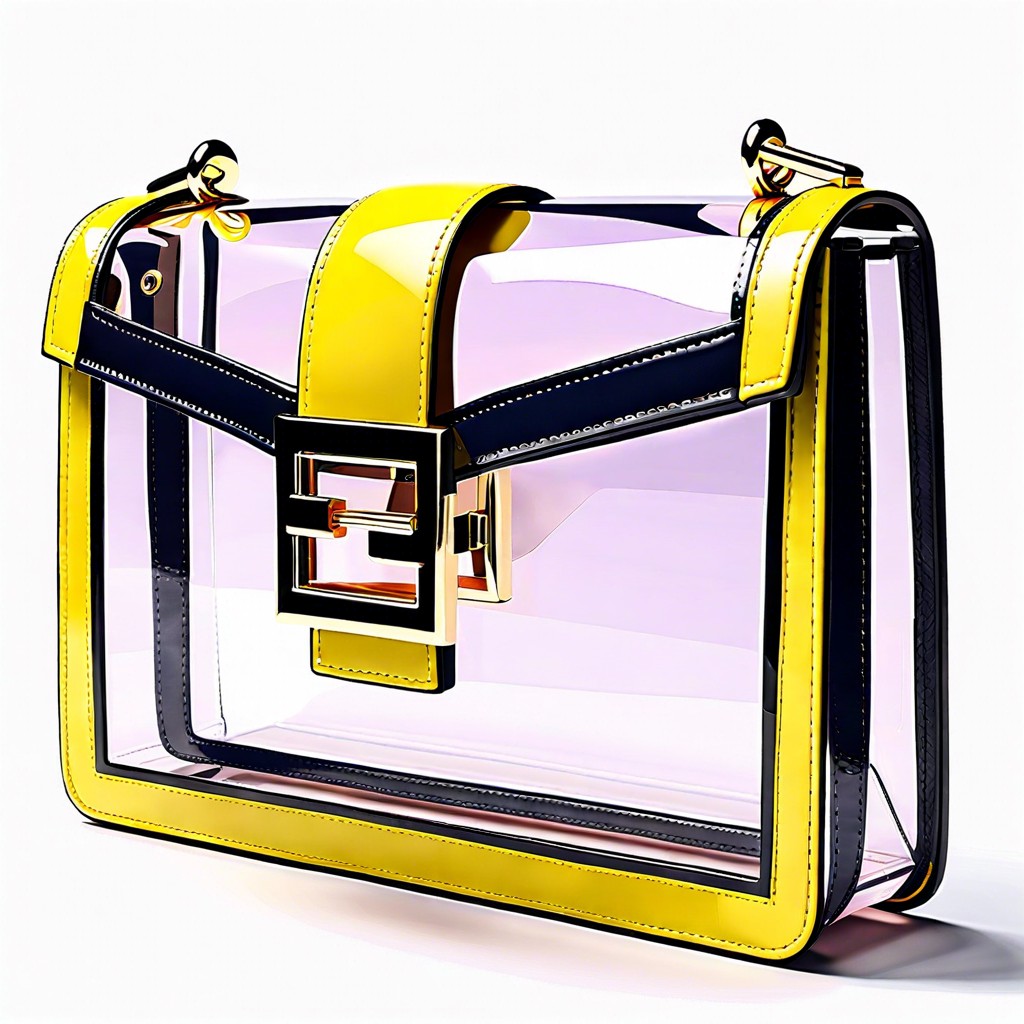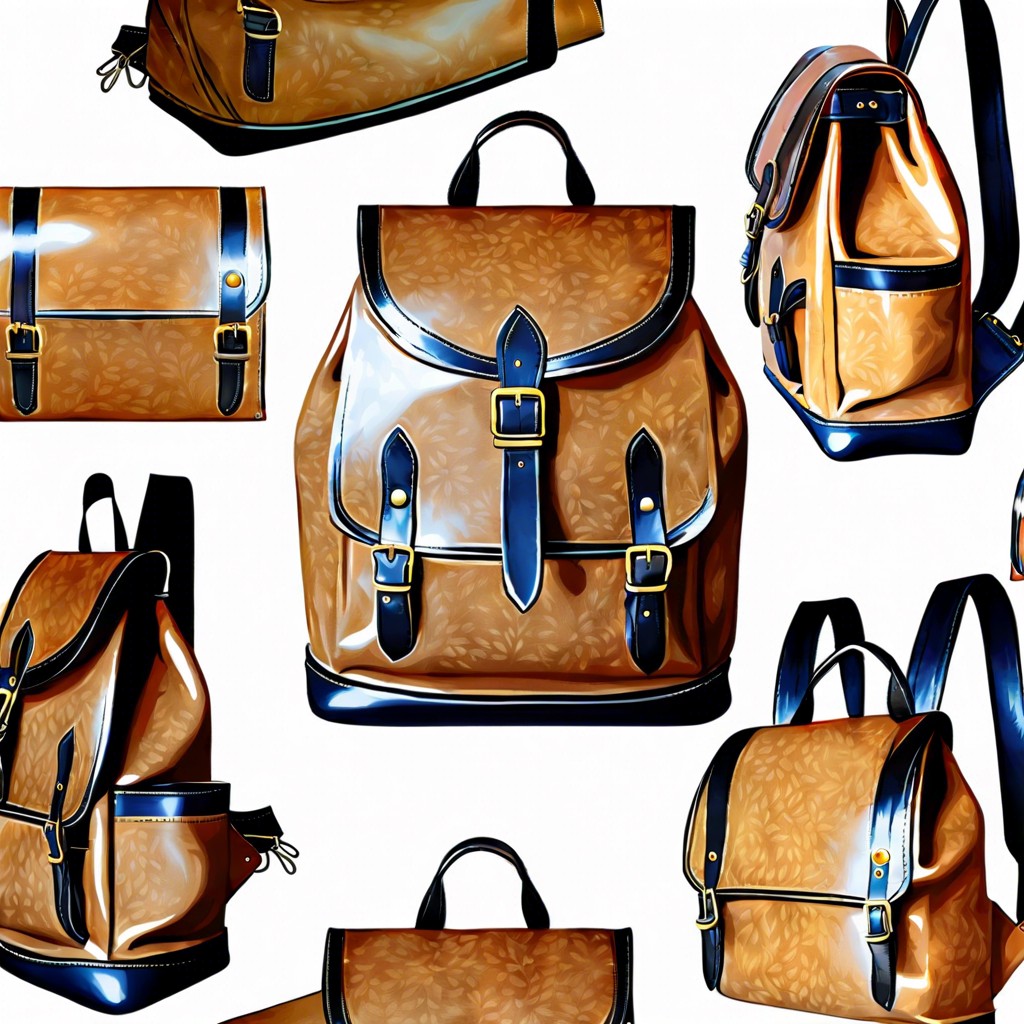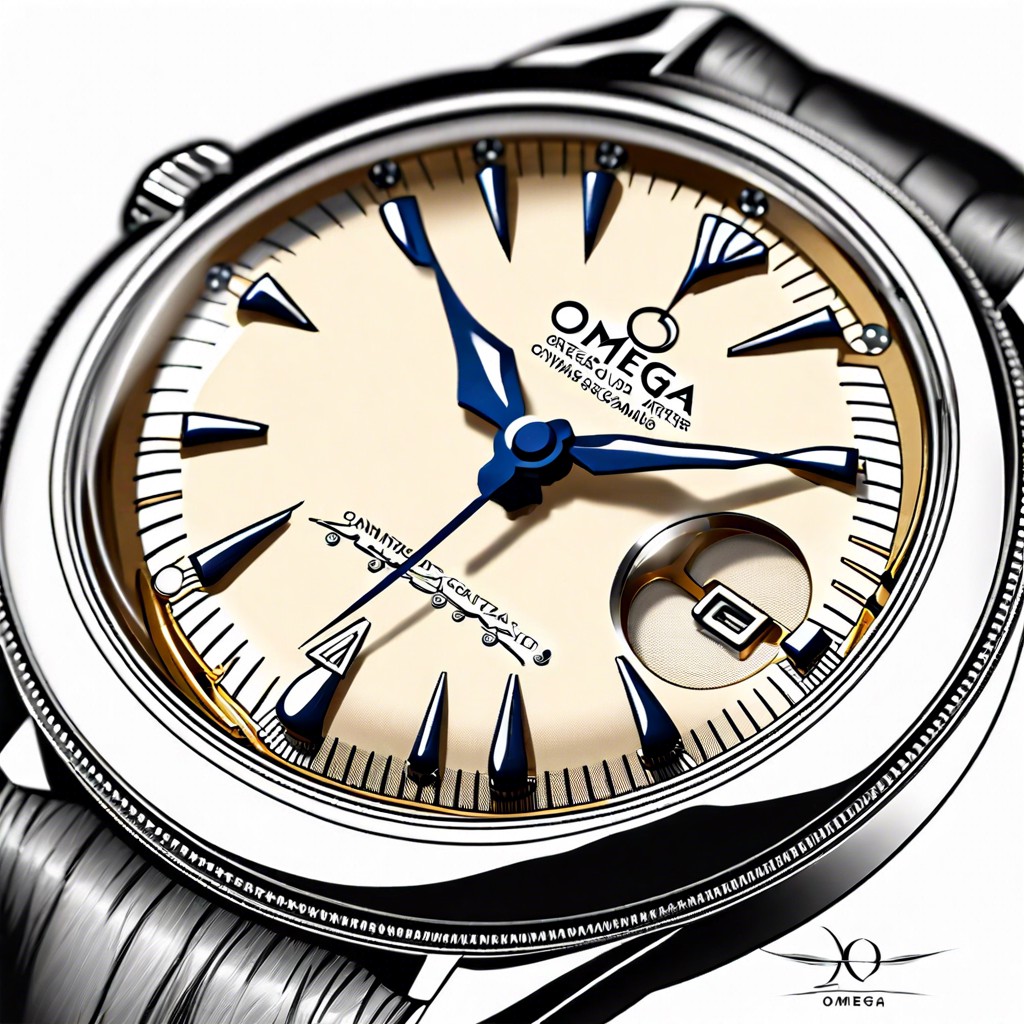Last updated on
Uncover the charm and value of vintage Christmas ornaments to make informed purchases that add a touch of nostalgia to your festive decor.
Key takeaways:
- Vintage Christmas ornaments have a rich history dating back to the 16th century.
- There are various types of vintage ornaments, including glass, blown glass, tinsel, paper, fabric, celluloid, and Dresden.
- Iconic makers of vintage ornaments include Shiny Brite, Inge-Glas, Japanese manufacturers, the Bradford Novelty Company, and Italian glassmakers from Murano.
- Tips for collecting vintage ornaments include researching, focusing on specific specialties, and connecting with other enthusiasts.
- To preserve vintage ornaments, handle with care, store in stable environments, wrap in acid-free tissue, display with caution, insure the collection, and address any damage promptly.
History of Vintage Christmas Ornaments
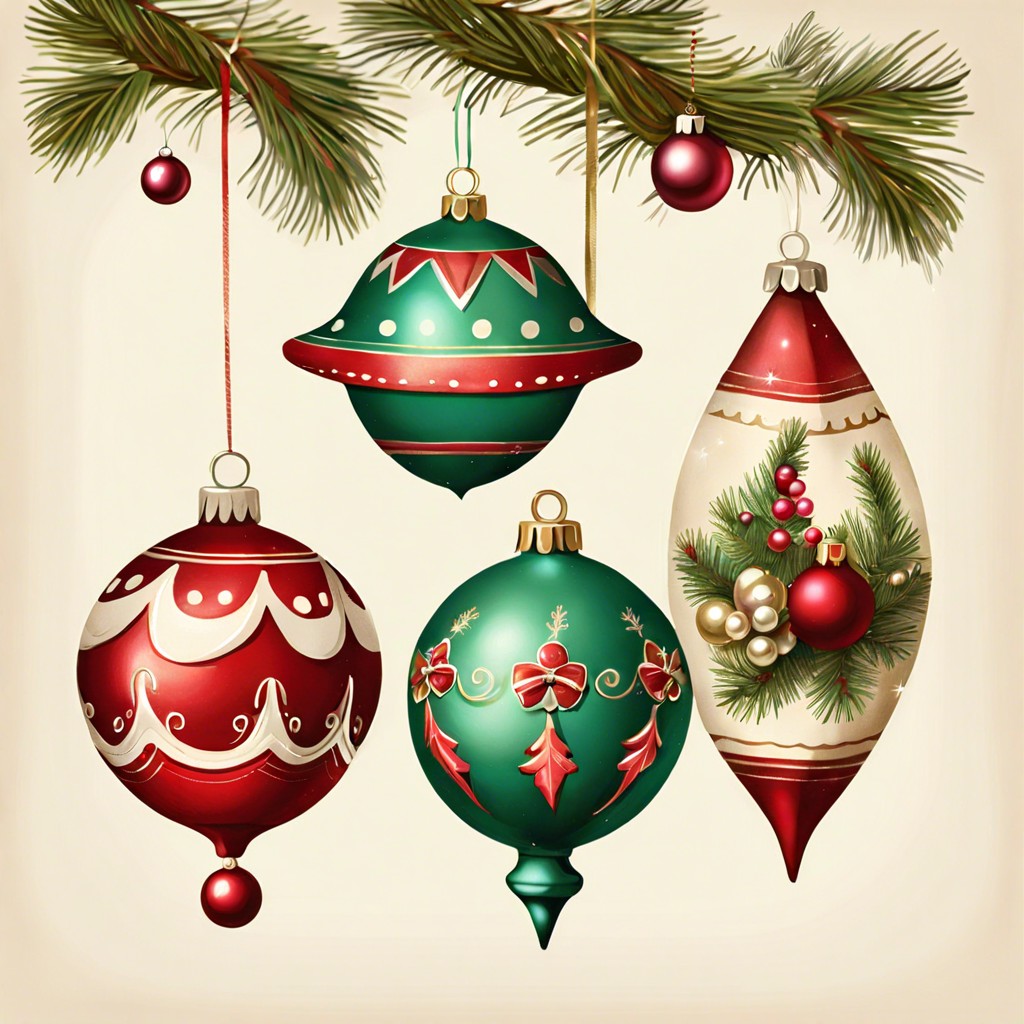
The tradition of decking Christmas trees with ornaments dates back to the 16th century, originating in Germany. Early decorations consisted primarily of edibles such as apples and nuts. By the 19th century, the advent of glassblowing in Lauscha, Germany, gave rise to the first glass ornaments. These were initially shaped like fruits and nuts, later evolving to include a variety of shapes.
With the Victorian era came a surge in ornament variety and the integration of elements like tinsel and beads. This period also saw the introduction of hand-painted features and the sparkling reflectors known as “witches’ balls.”
The ornaments gained widespread popularity when F.W. Woolworth began importing them into the United States in the 1880s. American production took off in the 20th century, with companies like Shiny Brite leading the industry, especially during World War II, when American-made ornaments became a patriotic alternative to German imports.
Post-war prosperity in the 1950s and 1960s led to innovations in materials and designs, with plastic and aluminum ornaments becoming commonplace. Despite the commercialization and mass production, the charm of earlier vintage styles retained their appeal, evoking nostalgia and commanding the fascination of collectors worldwide.
Types of Vintage Christmas Ornaments

Vintage Christmas ornaments manifest in a myriad of styles, materials, and designs, each bearing its own glimpse into the past. Glass ornaments, often hailing from 19th century Germany, range from simple glass beads to intricate figures and shapes. Hand-painted detail and silvering inside the glass are telltale signs of their era.
Blown-glass ornaments, or kugels, fetch particular interest among enthusiasts for their heavy glass and original brass caps. Figural glass ornaments, which mimicked fruits, vegetables, animals, and other objects, display the whimsy of Victorian times.
Tinsel and lametta, predecessors to modern metallic garlands, were made of real silver and coveted for their reflective quality, casting a festive glow.
Paper and cardboard ornaments served as an economical alternative. These featured die-cut shapes, embossed details, and often represented holiday characters and scenes.
Cloth and fabric ornaments, adorned with embroidery and stuffed with cotton or sawdust, introduce a homespun charm to the holiday lore.
Celluloid, an early plastic, enabled mass production of ornaments in the early 20th century, resulting in a wide array of affordable decorations.
Dresden ornaments, crafted from embossed cardboard, were popular for their detailed and intricate designs.
Each type offers insights into the technological advances, cultural trends, and artistic expressions of the time. Collectors often specialize in a particular material or era, which speaks to the multifaceted history of these festive adornments.
Iconic Makers of Vintage Ornaments

Shiny Brite stands as a notable name in the realm of vintage Christmas adornments, primarily recognized for their vibrantly colored glass balls popularized in the mid-20th century in America. Originating with German glassblowing techniques, Shiny Brite’s founder Max Eckardt ensured that these special ornaments found a strong foothold in the American holiday tradition, even amid wartime material restrictions.
In Germany, names like Inge-Glas carry a legacy of centuries-old craftsmanship. As the purveyors of mouth-blown, hand-painted glass ornaments, this company represents the deep-rooted customs of European ornament production, with techniques passed down generations and still in use today.
Japan also contributed to the vintage ornament market, particularly post-World War II, with a variety of colorful and intricately designed ornaments. These pieces often featured unique shapes and paper caps, distinguishing them from their European and American counterparts.
A discussion on iconic vintage ornaments would be incomplete without mention of the Bradford Novelty Company. Known for their distinctive plastic designs during the mid-20th century, they diversified the materials used in ornament production, offering durability and a new aesthetic to the season’s décor.
The Italian glass ornaments, especially from Murano, are cherished for their intricate glasswork and rich history. These exquisite, hand-blown pieces display intricate details and the region’s famed glassmaking skill.
Exploring these iconic makers unveils a rich tapestry of cultural and manufacturing history that has shaped the Christmas ornament industry and left a lasting impact on holiday tradition.
Collecting Vintage Christmas Ornaments
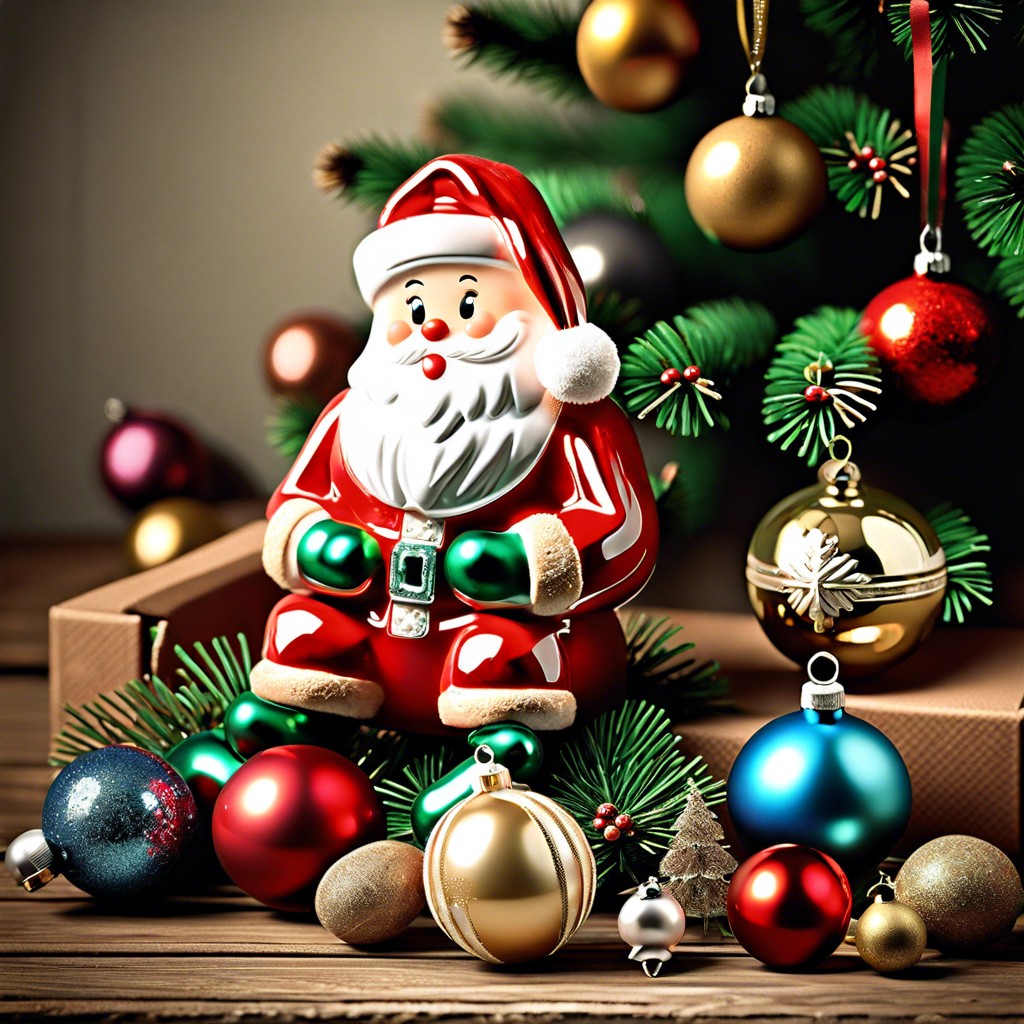
Starting a collection can be both exciting and daunting. Focus on what genuinely speaks to you, whether it’s the craftsmanship, the era, or the memories they evoke. Be patient; building a meaningful collection takes time.
Research is key. Understand the periods, styles, and manufacturers that align with what you wish to collect. Familiarize yourself with the market values to ensure you make informed purchases.
Condition matters. Look for ornaments without significant damage. Minor wear can be acceptable, but pieces in better condition are usually more desirable and retain value.
Consider specialities. You might concentrate on glass ornaments, paper-craft, or specific themes such as Santa Claus figures or angels. Narrowing your focus can create a collection with depth.
Connect with others. Join communities or forums where you can exchange information, buy, or trade with fellow enthusiasts.
Be cautious with online purchases. Request clear photos and details about the item’s condition. Reliable sellers will be transparent about any flaws.
Display and enjoy your collection, but ensure the ornaments are safe and protected from damage. Proper display and storage will preserve their condition and value.
Preservation Tips for Vintage Ornaments

Careful handling is paramount; vintage ornaments are often delicate. Use soft gloves to prevent oils from damaging surfaces. Dust gently with a soft brush instead of using harsh cleaning agents which can erode paint and finishes.
Stable temperature and humidity levels are vital in storage environments. Avoid basements and attics where fluctuating conditions can warp or crack ornaments. Instead, opt for climate-controlled spaces.
Wrap individual ornaments in acid-free tissue paper to prevent scratches and color transfer. For added protection, use compartmentalized storage boxes or original packaging.
Displaying these treasures during the festive season requires a cautious approach. Position ornaments away from high traffic areas to avoid accidental bumps. Keep them away from direct light sources, both natural and artificial, to limit fading.
For ornaments with metallic components susceptible to tarnish, consider silica gel packets in storage containers to absorb excess moisture.
Insure your collection, particularly if it’s valuable. Documenting with photographs and detailed descriptions can assist in tracking and valuation.
Address any damage immediately. For repairs, consult with a professional conservator to maintain the integrity and value of the ornament.
By following these guidelines, you can help ensure that your vintage Christmas ornaments remain in pristine condition for generations to enjoy.

